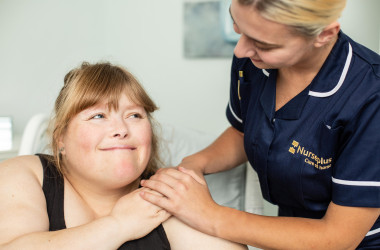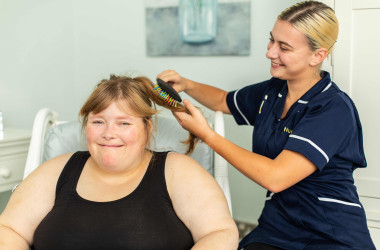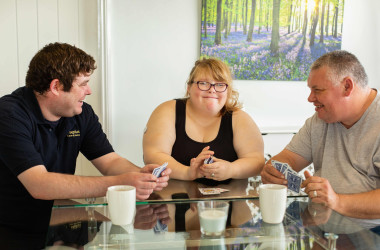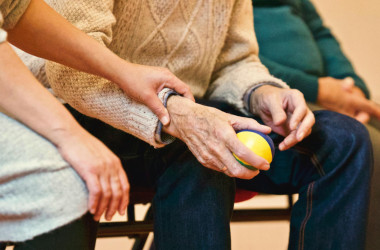
3 Signs That Your Loved One Needs Live-In Care
Discover the key signs that your loved one may need live-in care, including declining health, memory loss, and difficulty managing household tasks. Learn more.
Find out more
5 Ways Home Care Helps Relieve Family Caregiver Stress
Discover how homecare services from Nurseplus Care at home can ease family caregiver stress. Learn about respite care, tailored assistance, and professional support for your loved one.
Find out more
6 Benefits of Live-In Care
As people age, the decision on how to receive care becomes increasingly important. Many individuals and their families grapple with the choice between moving to an assisted living facility or a care home, but many are now opting for live-in care.
Find out more
A Day in the Life of a Homecare Assistant
Rather than providing care to clients in a group accommodation like nursing homes, homecare workers will provide care to clients within the comfort of their own home.
Find out more
A Day in the Life of a Support Worker
At Nurseplus Care at home, we don’t just offer person and clinical care to our clients, our experienced support workers help clients with a multitude of conditions including autism, ADHD, learning disabilities, OCD and other mental health conditions.
Find out more
Adapting Homes for Live-In Care: Practical Tips for Families
Learn how to adapt a home for live-in care with practical tips on accessibility, safety, and comfort to ensure the best support for your loved one.
Find out more
Balancing Family Life with Caregiving: Tips for Family Carers
Discover essential tips for balancing family life and caregiving. Learn how respite care, self-care, and flexible homecare services can help relieve the stress of being a family carer.
Find out more
Choosing Between a Care Home and Live-In Care: The Questions You Need to Ask
Not sure whether a care home or live-in care is the right choice? Discover the key questions to ask to make the best decision for your loved one.
Find out more
Discover the Difference with Nurseplus Connect: More Than Just Homecare
Nurseplus Connect offers clients 24/7 access to virtual GPs, physiotherapy, and mental health support - free with every care at home package. Discover holistic homecare today.
Find out more
Does My Loved One Need Additional Care?
For those who spend more time with their loved ones over the summer holidays, it can often highlight changes in their health and daily functioning which may not have been noticed in the past. These changes can often leave family members questioning whether or not their loved one needs some additional care.
Find out more
Easing the Burden: Nurseplus Care at home's Vital Role in Hospital Discharge Services
One of the major challenges faced by hospitals and healthcare services in the UK is the need for efficient and effective hospital discharge services
Find out more
Ethan's Story: A Live-in Carers Journey
A day in the life of a Live-in carer is all about putting a smile on someone's face and providing the right support they can depend on. It's not always easy, but the rewards and connections that come with it are worth it.
Find out more